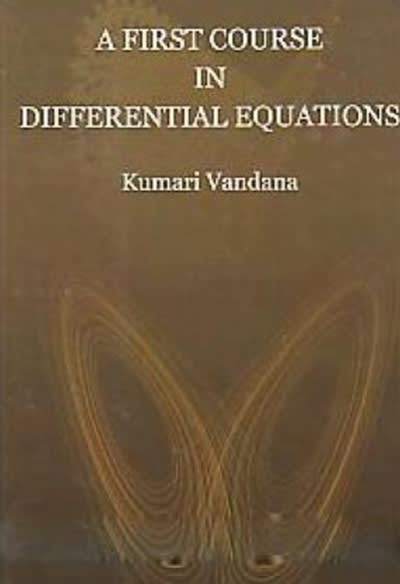Answered step by step
Verified Expert Solution
Question
1 Approved Answer
(Nicholson et al., 2019) Download (Nicholson et al., 2019)performed a retrospective cohort analysis of the prospectively collected data from 1990 to 2013 from the Canadian
(Nicholson et al., 2019)Download (Nicholson et al., 2019)performed a retrospective cohort analysis of the prospectively collected data from 1990 to 2013 from the Canadian Primary Care Sentinel Surveillance Network electronic medical record database. They studied a number of adult primary care patients with 2 or more chronic conditions (n = 195 838) at their first recorded encounter were followed over time. For these persons a list of 20 chronic condition categories was used to detect multimorbidity.
- How many combinations of 2 chronic condition diagnoses are in a group of 20 chronic condition categories?
- If all the combinations were equally likely, what would be the probability of observing any one of these combinations? No need to use SAS for this calculation, you can do it "by hand".Hint: Equally likely means that It means that all outcomes have the same chance of being "selected". For example when you roll a die all outcomes are equally likely because all of them {1, 2, 3, 4, 5, 6} have the same probability (1/6 =.1666 each) of being "chosen". In thiscase the outcomes are the different combinations of chronic conditions that exist.
- Given that sample size of males (n=82,629) and females (n=113,209) in this data, how many cases of each combination would you expect to see in each gender if all combinations were equally likely? No need to use SAS for this calculation, you can do it "by hand".Hint: See slide 10 of the presentation"SPHL602 Biostatistics-Session 2.pptx"
- Compare this expectation against the numbers seen in Table 2 for the three most frequent combinations for patients in the data set. What do you think this says about the combinations seen in Table 2?
- How many combinations of 3 chronic condition diagnoses are in a group of 20 chronic condition categories?
- If all the combinations were equally like likely, what would be the probability of observing any one of these combinations? No need to use SAS for this calculation, you can do it "by hand".
- Given that sample size of males and females in this data, how many cases of each combination would you expect to see in each gender if all combinations were equally likely? No need to use SAS for this calculation, you can do it "by hand".
- Compare this expectation against the numbers seen in Table 2. What do you think this says about the combinations seen in Table
Step by Step Solution
There are 3 Steps involved in it
Step: 1

Get Instant Access to Expert-Tailored Solutions
See step-by-step solutions with expert insights and AI powered tools for academic success
Step: 2

Step: 3

Ace Your Homework with AI
Get the answers you need in no time with our AI-driven, step-by-step assistance
Get Started


